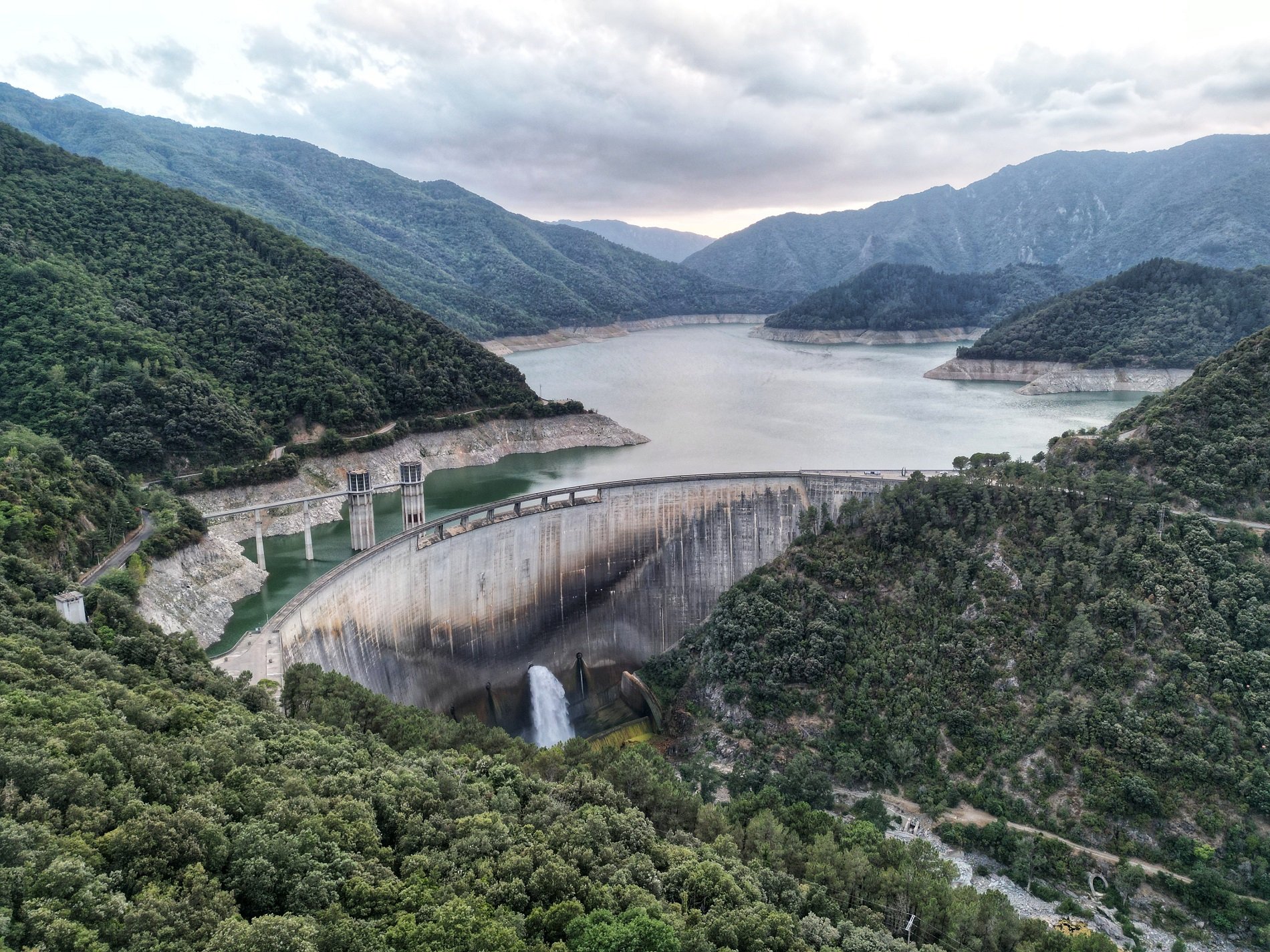New restrictions due to the drought. The Catalan Water Agency (ACA) has decreed a hydrological alert for four more water districts in relation to Catalonia's drought situation: three in the north - Empordà, Banyoles, and Serralada Transversal - as well as Prades-Llaberia, inland from the city of Tarragona. This means that, in general terms, water reserves in these areas have fallen below 40% of their capacity and a series of water restriction measures will now be imposed. There are 129 municipalities affected by the new water restrictions and a total of 279 in Catalonia as a whole. Under alert status, there are percentage reductions on the use of water for the following uses: agricultural irrigation (25%), livestock uses (10%), industrial uses (5%), recreational uses involving irrigation (30%) and other recreational uses (5%).
.@aigua_cat declara l'alerta hidrològica a les unitats d' #Empordà, #Banyoles, la serralada Transversal i Prades-Llaberia. Més informació a la nota de premsa: https://t.co/ae6KyfywNc pic.twitter.com/FrUB4jDhzZ
— ACA (@aigua_cat) August 26, 2022
The map above shows, in bright yellow, the areas where a drought alert has been declared in the ACA-administered area. The inland areas in the west of Catalonia, coloured grey, are part of the the Ebro river basin and administered by the Ebro Hydrological Confederation
These restrictions on areas which are at alert status also set a maximum allocation for the supply of 250 litres per inhabitant per day and establish certain limitations on specific urban uses, which all municipalities must comply with, such as limitations on the irrigation of gardens and green areas, a ban on filling ornamental fountains, a ban on individuals cleaning streets with mains water, limitations on filling swimming pools, and limitation on washing vehicles, among others. The four units included in the alert do not depend on water from reservoirs or large aquifers and their supply is calculated based on rainfall, as they have their own catchments such as wells or ponds to guarantee demand.
279 municipalities in alert phase
In addition to the new units, the Carme Capellades aquifer (with 15 municipalities in Anoia and one in Alt Penedès), the headwaters of the river Ter (63 municipalities), the middle Llobregat (34) and Anoia-Gaià (38 municipalities). The total of 279 municipalities in Catalonia in drought alert phase represents a population of 683,000 inhabitants, which is 9% of the population of Catalonia.
The Ter Llobregat system, which occupies the central part of northern Catalonia, continues in the pre-alert scenario, with reserves at 39%, as does the Darnius-Boadella reservoir near Figueras, at 36%. On the other hand, in the southern area of the Tarragona Water Consortium (CAT) it goes from normal to drought pre-alert given that the Mequinensa reservoir, managed by the Ebro Hydrographic Confederation (CHE) and the station of Ascó flow measurement, are at very low levels. However, supply is guaranteed in the area of the CAT. For their part, the units of the Baix Ter aquifer, between the city of Girona and the sea, and the north-eastern Muga River remain in normal situations.
Although the rains of the last few days have not contributed volumes of water to the reservoirs, they have reduced the downward trend (and especially the speed of the descent) and have allowed less water to be released. This, together with the reduction of water demands for irrigation, has allowed less water to be released and reserves to be extended.
The water reserves data for the western part of Catalonia, specifically the Ebro river catchment area, is administered by the Ebro Hydrographic Confederation, which releases information separately. On August 5th, its data showed that the entire left bank of the Ebro catchment - between the river and the Pyrenees - was in "natural drought" but in terms of water reserves, two water districts of Catalonia it administers were at emergency level (Segre, Baix Ebre) and one at alert level (Noguera Pallaresa).
#DatosCuencaEbro Índices sequía+escasez en julio
— CH del Ebro (@CH_Ebro) August 5, 2022
👉#Sequía (sequía natural; indicadores basados en aportaciones): MARGEN IZQUIERDA #Ebro
👉#Escasez (basada en reservas de embalses):
🔴Emergencia (Segre, Bajo Ebro, Aragón y Arba)
🟠Alerta (Noguera Pallaresa, Gállego y Cinca) pic.twitter.com/d2D7SCJcGM
Increase in desalinated water
Within the package of measures being implemented to guarantee water, production of desalinated water has also increased to 90% of capacity at Catalonia's desalination plants since last August 8th. Since February, the Catalan desalination plants have significantly increased the level of water production, a volume exceeding 38 hm³ of new water, a fact that has slowed the decline in reserves. Without their contribution, today the reservoirs would be up to 6 per cent lower.

